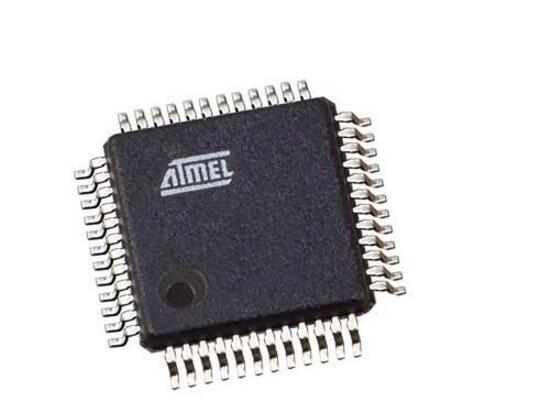**I. Project Overview**
**1.1 Introduction**
A greenhouse is a controlled environment designed to enhance plant growth by modifying external conditions, allowing for optimal development regardless of seasonal changes or adverse weather. It typically uses transparent materials as part of its structure, enabling cultivation even in winter or other unfavorable seasons. The primary goal of greenhouse farming is to regulate growing periods, accelerate plant development, manage pests and diseases, and improve both quality and yield. A key aspect of modern greenhouse technology is environmental control, with the ultimate aim of increasing precision and efficiency in management. As agricultural modernization progresses, facility agriculture has gained global attention due to its interdisciplinary nature, high technological content, and direct impact on daily life. This project leverages an AVR microcontroller to develop a lighting and carbon dioxide control system tailored for watermelon production.

**1.2 Project Background / Motivation**
As a major agricultural country, China faces challenges related to the "three rural issues," which are closely tied to people's livelihoods, economic growth, and social stability. Modern agriculture is a top priority in national development plans, yet traditional farming remains highly dependent on natural conditions. Agricultural infrastructure is still underdeveloped, making it vulnerable to climate-related disasters. For example, China loses approximately 100 billion kilograms of grain annually due to weather-related losses. With natural disasters becoming more frequent, the need to mitigate their impact while increasing agricultural output has never been greater.
Greenhouses play a vital role in modern watermelon farming. Light intensity and carbon dioxide levels are two critical factors that influence growth and productivity. Carbon dioxide is essential for photosynthesis, and maintaining a concentration between 250-300 ppm is crucial for watermelon development. Light also plays a significant role, with the light compensation and saturation points determining the effectiveness of photosynthesis. Uniform light distribution improves energy utilization and reduces shadow areas, enhancing crop performance. Therefore, precise control of light and carbon dioxide is essential for successful greenhouse watermelon cultivation. This project integrates the ATmega16 microcontroller with light and CO2 sensors to achieve automated environmental control within greenhouses.
**II. Demand Analysis**
**2.1 Functional Requirements**
The system measures light intensity and CO2 levels, adjusting equipment accordingly based on pre-set thresholds for each growth stage. If readings exceed safe limits, the system triggers alarms to alert personnel. It displays CO2 concentrations, connects to actuators for automatic control, and provides interfaces for monitoring multiple environmental factors.
Light intensity varies across regions and times, affecting greenhouse conditions. Solar radiation influences temperature, humidity, and plant respiration. Studies show that a 19% reduction in light can lead to a 21% drop in yield, emphasizing the importance of light management. In summer, excessive light may require shading to prevent overheating. During low-light periods, artificial lighting is necessary to extend effective illumination time. Common light sources include incandescent, halogen, fluorescent, and high-pressure lamps. Metal halide and high-pressure sodium lamps are often used together for better light quality and energy efficiency.
Carbon dioxide is a key component for photosynthesis, with ideal concentrations ranging from 500 to 1000 mg/kg. Levels above 3000 mg/kg can be harmful. While atmospheric CO2 is around 340–350 mg/kg, higher concentrations can boost photosynthesis up to a point. However, prolonged exposure to high CO2 levels may damage watermelon plants. Accurate monitoring is essential for maintaining healthy growth. Greenhouse CO2 sources include combustion, bottled gas, dry ice, and chemical reactions, but most systems lack automation. This project uses a pre-programmed schedule stored in the AVR microcontroller to adjust CO2 and light levels automatically, ensuring optimal conditions for watermelon growth.
Composite Fuse Cutout
Drop Out Fuse Cutout is a kind of outdoor high voltage protection device, lt is connected with the incoming feeder of thedistribution transformer or distribution lines and primarily used to protect transformers or lines against the impact raised by shortcircuit, overload and switching current. The drop-out fuse cutout is composed of insulator support and a fuse carier, staticcontacts that are fxed on two sides of insulator support and moving contact installed on two ends of fuse carrier, The interior ofthe fuse carrier is the extinguishing tube while the exterior is made of phenolic compound paper tube or epoxy glass.
Composite Fuse Cutout,Cut Out Fuse,Fuse Cutouts Medium Voltage,Dropout Fuse Cutout
Jilin Nengxing Electrical Equipment Co. Ltd. , https://www.nengxingelectric.com
